
The three waterfalls are the Horseshoe Falls, the American Falls and the Bridal Veil Falls. The larger Horseshoe Falls lie in Canadian while the other 2 falls reside in the US. While all three falls are dramatic, my favourite are the Horseshoe falls - although, I may be a bit biased!
While I had visited Niagara Falls many, many years ago, I had the chance to visit the Falls again this month. I did wonder whether they wouldn’t be as impressive as I had remembered them as a child. I shouldn’t have worried. They were just as impressive as I had remembered, and I had really enjoyed seeing them again.
It was amazing, and hear, the water falling over the edge of the Falls. The midst rising up from the fallen water was refreshing, and greatly appreciated, on a swelteringly hot day. As I walked away from the falls, I got some really good shots, particularly of the boats driving as close as they could to the falls.
I took photos on Kodak colour film of the falls, and used a polariser filter to draw out the colours a bit. I could have easily taken the photos in film, but I think the mood and atmosphere of the falls.
Niagara Falls remind us of the force in nature, particularly the force of water.
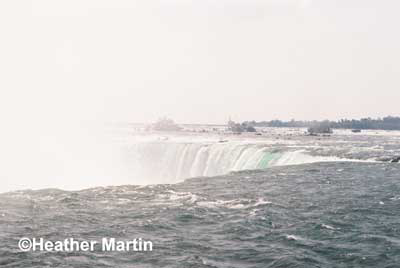
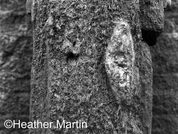
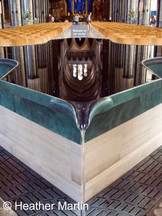
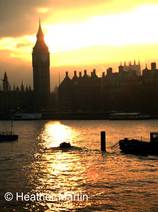
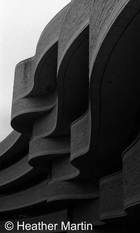
 RSS Feed
RSS Feed
